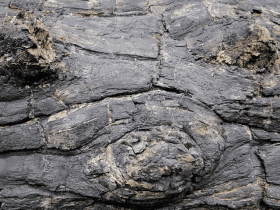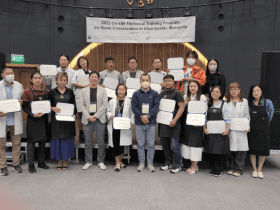Research Division of Archaeology
CHO Mina
Unearthing the Roots of Eurasian Culture Through the Study of Equestrian Societies
Since 2020, the NRICH Research Division of Archaeology has undertaken a project titled “Comparative Study of Ancient Equestrian Cultures in Eurasia.” This initiative aims to expand the scope of Korean archaeology and offer insights into network restoration by exploring “equestrian culture” across Eurasia. The research employs dual methodologies: analyzing harnesses from Korea, Mongolia, and Kazakhstan, and studying horse bone DNA in collaboration with the Conservation Science Division.
Horses, once hunted in prehistoric eras, have ingrained themselves in human heritage and were cherished for their speed and power. Over time, their roles have expanded to include food, farming, warfare, transportation, conveyance, and even displays of prestige. Equestrian cultures, commonly associated with nomadism, extend beyond this realm. Nomadic equestrian culture exerted substantial influence on sedentary communities, including Korea.


Studying Domestic and International Harnesses for the Revival of Eurasian Networks
The oldest Korean horse remains are prehistoric bone discoveries, yet these do not automatically imply the existence of equestrian culture. Since culture is inherently human, the presence of horse trappings serves as pivotal evidence. Korean harnesses date back to the Before Common Era but are presumed to have gained prominence during the Three Kingdoms Period. The Research Division of Archaeology examines foreign harnesses, particularly those from the Three Kingdoms Period, for Eurasian network reconstitution.
The Research Division of Archaeology focused on harne- sses, especially bits, from Mongolia and Kazakhstan, countries with which it shares a more than decade-long research partnership. The end goal is to share the aggregated data with harness researchers in each country for a comparative analysis of harnesses from Korea, Mongolia, and Kazakhstan. Additionally, ongoing horse bone DNA analysis and research from the Conservation Science Division will contribute to a comprehensive study of the equestrian cultures.






